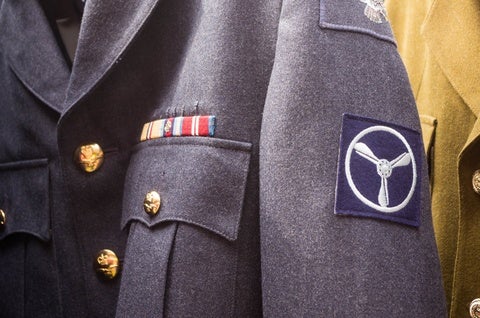
Investigation of the Chemical Content of Airline Crew Uniforms after Health Complaints
PrincipaI Investigator: Irina Mordukhovich, Ph.D.
After the introduction of new uniforms in 2016, over 3,000 American Airlines flight attendants reported health complaints such as skin rash, eyes, ears, nose, and throat (EENT) irritation, fatigue, multiple chemical sensitivity (MCS), menstrual irregularities, and thyroid disease. Although the airline has dismissed the claims as not uniform-related, the symptoms are very similar to those reported by Alaska Airlines flight crew after the introduction of uniforms from the same supplier in 2011. Alaska Airlines discontinued the use of this uniform in 2014, and our previous Hoffman Program Pilot Grant allowed us to demonstrate a relationship between respiratory, EENT, dermatologic, and MCS symptoms and the introduction of the new uniforms in the Harvard Flight Attendant Health Study, based on study waves conducted in 2007, 2013, and 2015. Suspect uniforms have been subject to limited chemical testing, mostly commissioned by the airline or uniform supplier. Hence, we propose a study to analyze chemical compounds in archived flight attendant uniform samples, which will account for volatility of uniform-associated chemicals, and work factors such as humidity, UV radiation and ozone in the aircraft cabin. Our findings will help inform American Airlines flight attendants about the health issues they are experiencing, and may have broader implications for a largely unregulated textile industry.
